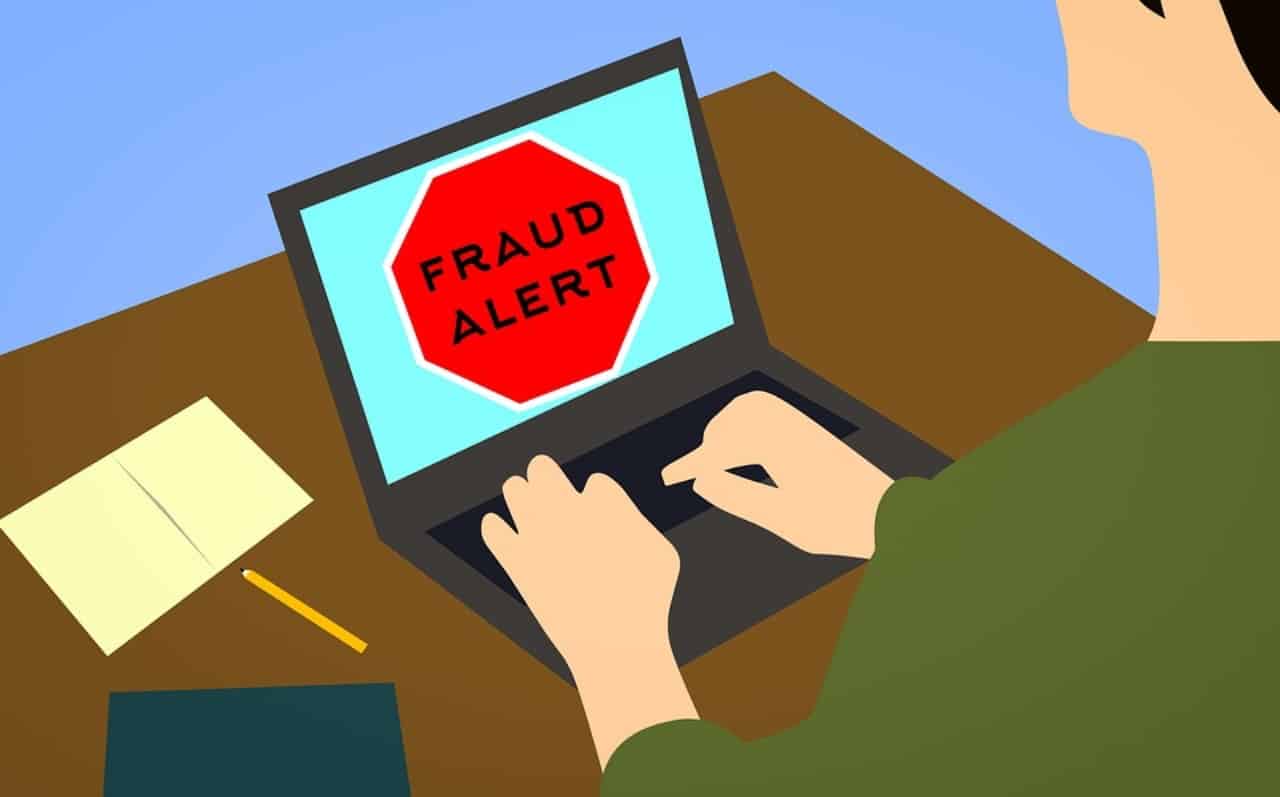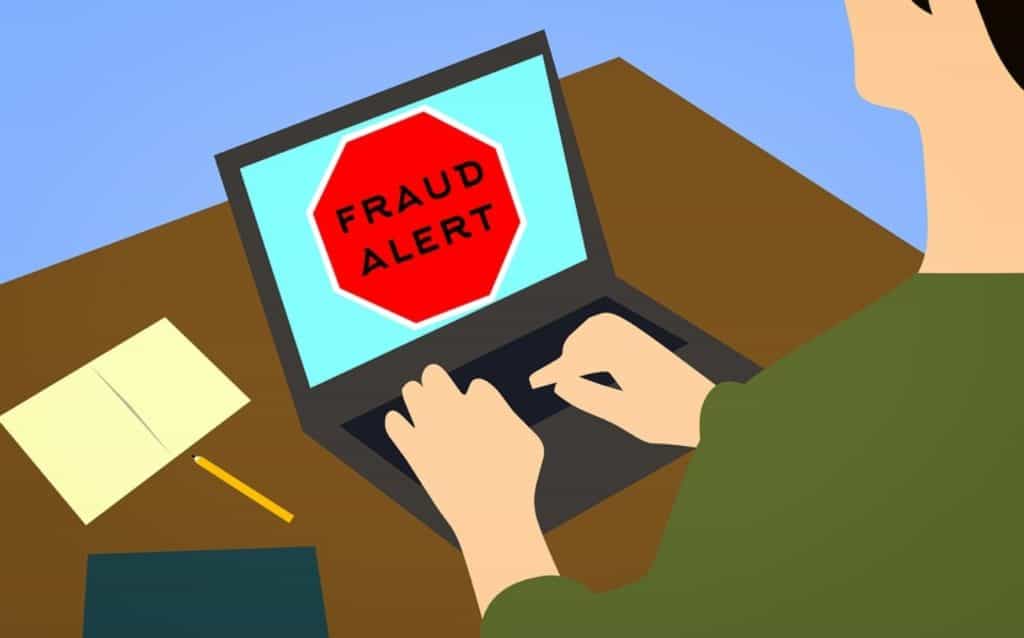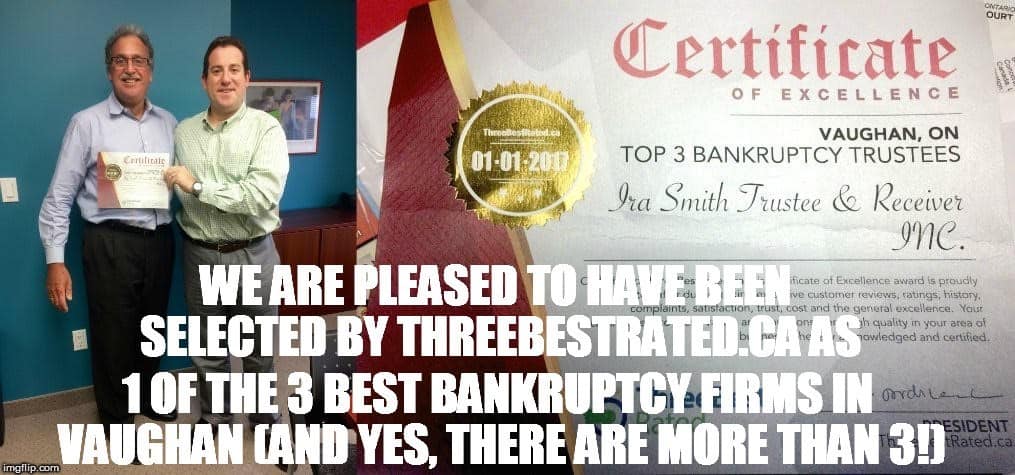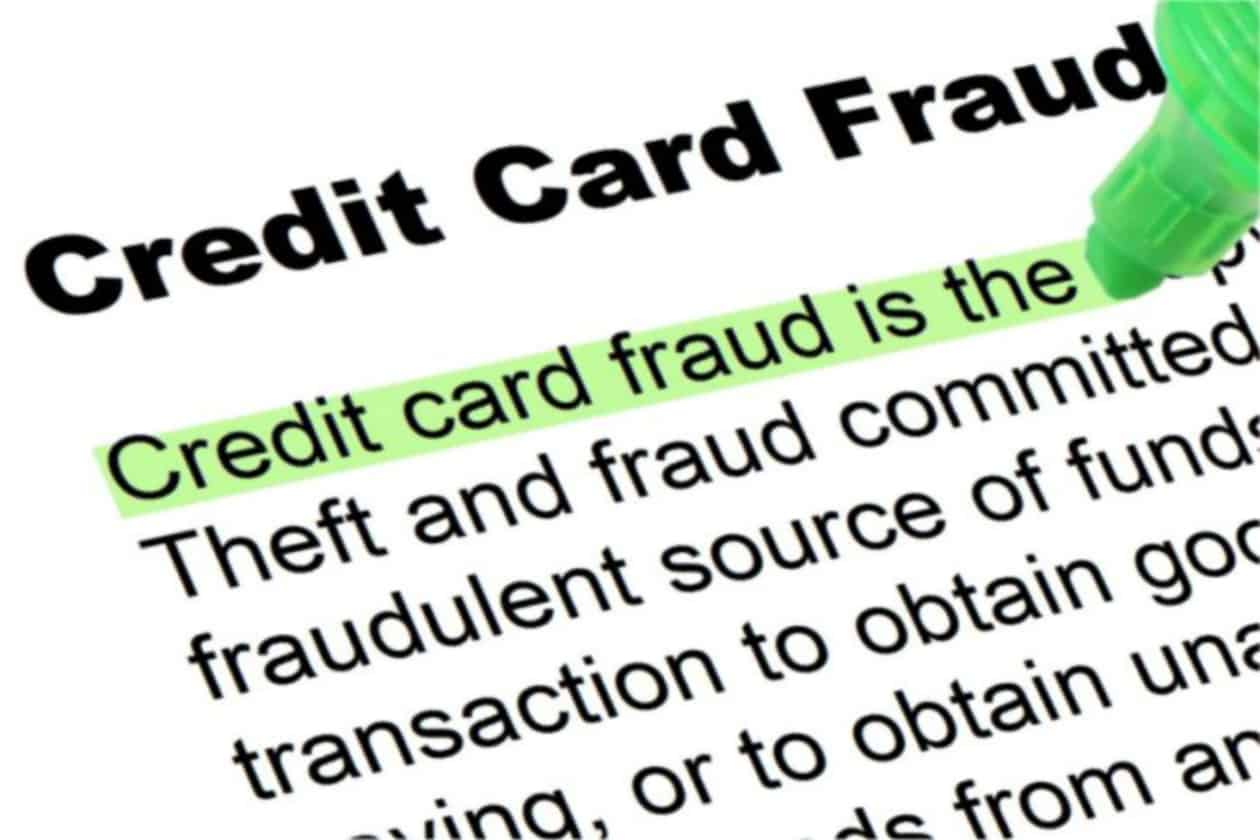If you would prefer to listen to the audio version of this Consumer proposal Canada Brandon’s Blog, please scroll down to the bottom and click on the podcast.
Introduction
I have written before on the concept of how a bankruptcy filing puts into place a stay of proceedings. A section of the Bankruptcy and Insolvency Act (Canada) (BIA) states that creditors are not allowed to take or continue any collection or enforcement activity against a bankrupt person or company. But what about a consumer proposal Canada? I will discuss this concept for a consumer proposal and highlight a recent case on this issue.
The federal law
Under section 69.2 (1) of the BIA, with certain limited exceptions, when a consumer proposal is filed, “…no creditor has any remedy against the debtor or the debtor’s property, or shall commence or continue any action, execution or other proceedings, for the recovery of a claim provable in bankruptcy…”.
So if the claim is one that is provable in a bankruptcy, and therefore in a consumer proposal Canada, then the creditor cannot begin or continue a lawsuit or try to enforce a judgment for the amount owed.
A recent decision from the Ontario Court confirms this law where a consumer proposal Canada will stop creditors and bill collectors from starting or continuing legal action against you.
The facts of this case
The case is Yigzaw v. Ashagrie, 2019 ONSC 2474. It is about a motion to lift the stay of proceedings to permit enforcement of an order issued against the debtors who have filed a consumer proposal.
The applicants, Philipos Yigzaw and Aster Abraham, seek to appeal an order issued by the Court on February 21, 2017 (the 2017 order). The 2017 order was gotten on the basis of summary judgment on an application started by the applicants. In their application, they sought repayment of $102,500 that they had advanced to the respondents Anaketch Ashagrie and Yilma Gari to fund a business operating under the name “Telling Roses”. They also seek an accounting of how the funds had actually been spent.
The 2017 order required Ashagrie and Gari to pay $102,500 to Yigzaw and Abraham in addition to costs of $6,250. The respondents were likewise required to provide an accounting. The Court declined to issue a certificate of pending litigation against the respondents’ residence, although a writ of execution was issued. The respondents submitted a consumer proposal the very next day.
In this enforcement motion, the applicants state that the respondents have failed to adhere to the 2017 order. They look for relief that would require Ashagrie and Gari to be examined and to pay the amount of the judgment. They also want a finding that the respondents are in contempt.
The issues for the Court to consider
The Court first considered section 69.2 (1) of the BIA I spoke about above. The Court then looked at the exception I alluded to, being Section 69.4 of the BIA.
That section says that a Court may, in certain circumstances, raise the stay to allow a creditor to pursue its rights against a debtor who has filed consumer proposal. To obtain a lifting of the stay, the creditor must persuade the Court that it is most likely to be materially prejudiced by the ongoing stay, or that lifting the stay is equitable on other grounds.
Canadian courts have held that the criteria in s. 69.4 might be fulfilled where the creditor’s debt will not be released as an outcome of the insolvency process. The types of financial obligations that are not discharged are provided in s. 178( 1) of the BIA.
They consist of a debt or obligation arising out of fraud, embezzlement, misappropriation or defalcation while acting in a fiduciary capacity as well as a debt or obligation resulting from obtaining property or services by false pretenses or fraudulent misrepresentation. Lifting of a stay is not a routine matter.
To succeed, the applicants have to show how they are most likely to be materially prejudiced by the stay, or that there are various other equitable grounds to raise it.
In a typical motion under s. 69.4, the applicant looking to lift the stay says that it needs to have the opportunity to prove that its accusations come from an activity provided in s. 178( 1) to ensure that it may obtain a judgment against the bankrupt or insolvent person. If successful, then that claim would survive the insolvency process.
In that normal case, the Court examines the creditor’s claims to identify if the debt, if confirmed, would be released as an outcome of the bankruptcy or proposal. Sometimes, the Court may also consider evidence submitted by the creditor.
This case is uncommon because the applicants have already gotten a judgment on their claim. They are not seeking to show their claim. They are looking to enforce the Order. So the concern the Court must think about is whether that Order was made according to a cause of action listed in s. 178( 1 ). The Judge did this by reviewing the claims and evidence before the Judge who gave judgment, his analysis, and the evidence filed in this motion.
The Court’s analysis
The Court quite properly pointed out that in order to be successful for the lifting of the stay, the applicants had to show that their debt was more than just one of a contract to lend money that was not repaid.
The Court said that looking at the application in the most charitable method possible, the claims could not support a finding that the respondents obtained property from the applicants by false pretenses or fraudulent misrepresentation. The applicants state that their loan was conditional on the money being used for “Telling Roses”. They do not declare that they were induced to loan money to “Telling Roses” as an outcome of any type of illegal misstatement by the respondents. Likewise, the applicants do not allege that the respondents took part in any kind of deceitful acts that induced them to loan the funds. Therefore, the exception from the discharge of the debt in s. 178( 1 )( e) of the BIA was not advanced in the applicants’ claim.
The allegations in the application also do not support a finding that the participants engaged in fraudulence, embezzlement, misappropriation or defalcation while acting in a fiduciary capacity. To meet that standard it is not nearly enough for a debt to have actually been brought on by fraud, embezzlement, misappropriation or defalcation. That form of criminal activity had to have occurred in the context of a fiduciary relationship.
The applicants do not declare that the respondents had a fiduciary obligation towards them. The relationship they explain with the respondents would not follow such a claim. Fiduciary relationships are unusual in arms’ length business transaction. The applicants additionally do not clearly affirm that the respondents participated in any type of scam at any point.
In reviewing the reasons given by the Judge who made the 2017 order, and in looking at all the other evidence in this motion, the Court found that it was anything more than one party loaning funds to another to start a business. The business never made a profit, it failed and therefore, could not repay the money.
The decision
Given these facts and the Court’s analysis, the Court found that the applicants could not succeed on their motion to lift the stay. Rather, the Court confirmed that the 2017 judgment could only be used as the basis for the applicants to file a proof of claim in the consumer proposal filed.
The basis for the 2017 order was a finding that the applicants lent the respondents the amount of $102,500. There is absolutely nothing in the underlying decision, or in the accusations in the application on which judgment was obtained, or in any evidence submitted in this motion, that puts the applicants’ claim in the classification of financial debts that are not released under s. 178( 1) of the BIA.
Therefore, the applicants’ motion to lift the stay under s. 69.4 of the BIA was rejected. They failed to show that they are likely to be materially prejudiced by the ongoing operation of the stay or that there are various other equitable factors that would lead to a conclusion to lift the stay.
Do you have too much debt?
Are you in financial distress? Do you not have adequate funds to pay your financial obligations as they come due?
If so, call the Ira Smith Team today. We have decades and generations of experience assisting people looking for financial restructuring, a debt settlement plan and to AVOID bankruptcy.
As a licensed insolvency trustee (formerly called a bankruptcy trustee), we are the only professionals accredited, acknowledged and supervised by the federal government to provide insolvency advice and to implement approaches to help you remain out of personal bankruptcy while eliminating your debts. A consumer proposal is a government-approved debt settlement plan to do that. We will help you decide on what is best for you between a consumer proposal vs bankruptcy.
Call the Ira Smith Team today so you can eliminate the stress, anxiety, and pain from your life that your financial problems have caused. With the one-of-a-kind roadmap, we develop just for you, we will immediately return you right into a healthy and balanced problem-free life.
You can have a no-cost analysis so we can help you fix your troubles. Call the Ira Smith Team today. This will allow you to go back to a new healthy and balanced life, Starting Over Starting Now.







 Financial abuse statistics: Introduction
Financial abuse statistics: Introduction

